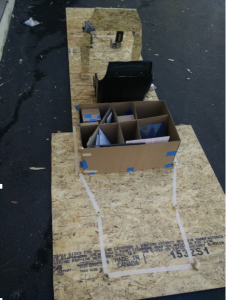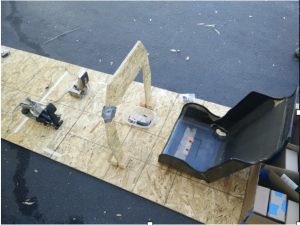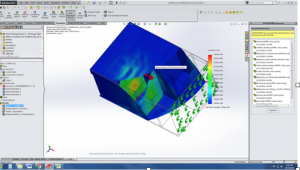With the start of winter quarter the electric racing team has switched its focus from the electrical systems to the mechanical systems. Thor will be using a double wishbone suspension since that allows us to maintain a reasonable camber while the wheels travel up and down. So far the suspension team has finished preliminary designs for all four uprights and their respective control arms.
The suspension is designed so that the car will meet FSAE rules by having a ground clearance of 2 inches with a travel of 1.25 inches vertically. Additionally, since the car will be approximately 800 pounds with a driver, it is important to have suspension that is robust and strong.
The next step will be designing the push rods and doing a finite elements analysis to confirm the uprights are strong enough. A completed suspension design should be finished by the end of week five and be completely built and installed on the frame by the end of the winter quarter.



